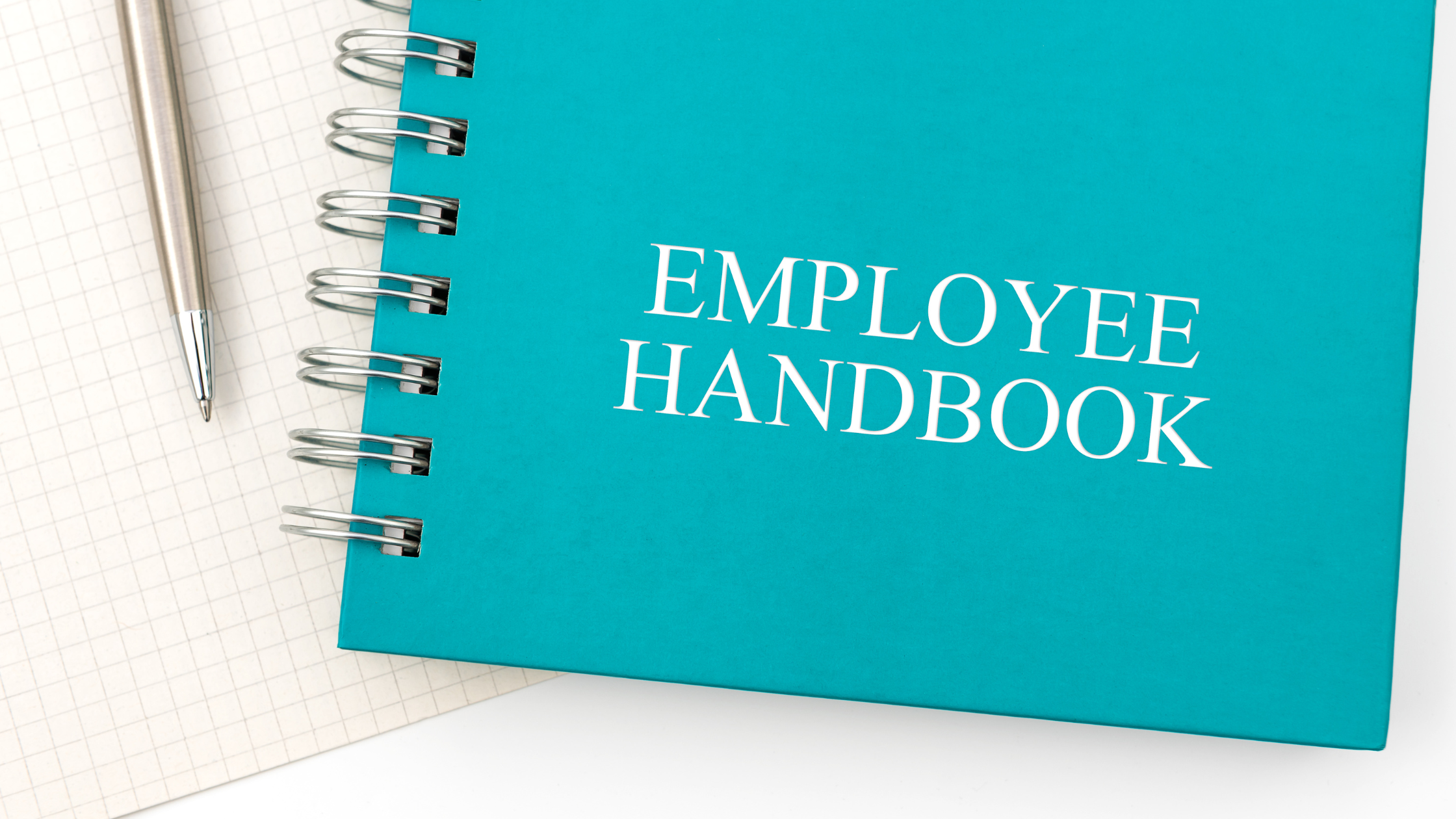Putting together an employee handbook is crucial for effective Human Resources Management in any organization. It serves as a roadmap that defines the company's values, policies, and operational protocols. By clearly articulating expectations, it empowers employees to navigate their roles confidently, fostering a cohesive organizational culture.
From outlining your mission statement to detailing leave policies and disciplinary procedures, every facet of the handbook plays a role in shaping your employee experience, providing a reference point for day-to-day operations and establishing a framework for addressing conflicts and promoting accountability.
An employee handbook is more than just a collection of rules; it's a foundational document that cultivates transparency and alignment within the workforce.
When creating or revising an employee handbook, it's essential to consider not only internal dynamics but also external factors like legal compliance and industry standards.
In this blog, we're braking down the must have policies that you should include in your Employee Handbooks. While MegaPay does not help create these handbooks for you, we want to give you a helping hand in crafting one that will be mutually beneficial to you and your team.
1. Your Company Story
Let your company's narrative be the opening chapter of your handbook. Share your organization's origin, mission, and vision in a compelling and engaging manner. By delving into the history and purpose behind your company, new employees can gain a deeper appreciation for the core values that drive your organization forward.
This not only fosters a sense of belonging, but also provides a solid foundation for understanding the policies and culture they will encounter. Paint a vivid picture of your company's journey, highlighting key milestones, challenges overcome, and the driving force behind its existence. This storytelling approach not only educates employees, but also inspires them to be a part of something meaningful and impactful.
2. Work Authorization
It is crucial to include a section on work authorization in your employee handbook to ensure compliance with legal requirements. This section should outline the process for employees to complete the I-9 form, which is necessary to confirm their eligibility to work in the United States. It is also important to clarify different employment classifications, such as full-time versus part-time and exempt versus non-exempt employees, to provide clarity on their roles and responsibilities within the organization. By addressing these key points in the handbook, you can ensure that all employees understand their employment status and rights, promoting transparency and adherence to legal regulations.
You should also Address the Fair Labor Standards Act (FLSA) regulations regarding overtime pay to ensure all staff members understand their employment status and rights.
3. Onboarding and Joining the Team
Provide a glimpse into your company culture. Include your expectations for professionalism, communication, and teamwork to streamline the onboarding process for new hires; for instance:
- At-will employment clause to explain that either party can end the employment relationship at any time
- Equal employment opportunity statement that highlights the company's commitment to non-discrimination
- Conflict of interest statement that outlines expectations to avoid conflicts between personal welfare and professional responsibilities
- Confidentiality agreement for the protection of company information
Don't forget general details like directions to the office, team structure, and primary contact information.
4. Code of Conduct
A well-defined code of conduct establishes behavioral standards expected of all employees. Discuss acceptable and unacceptable behaviors, creating a clear framework for maintaining a respectful and productive work environment. Address:
- Professionalism and respect towards colleagues
- Ethical conduct and integrity
- Dress code and appearance guidelines
- Use of company resources
- Work hours and attendance policies
- Lunch and break periods
- Safety protocols and procedures
- Guidelines for internal and external communications
- Concessions under the Americans with Disabilities Act (ADA)
5. Equal Opportunity and Anti-Harassment Policies
Combining the equal opportunity statement with an anti-harassment policy reinforces the company's stance against discrimination and harassment. Back its commitment to a fair and safe workplace by detailing all non-discrimination policies per applicable laws. Add information about prohibitions against all forms of harassment, including sexual harassment, procedures for reporting and addressing complaints, and disciplinary actions for policy violations.
6. Compensation and Performance Reviews
Employees often refer to the handbook for information on compensation and performance reviews. Provide details on:
- Overtime policies
- Performance review processes
- Criteria for promotions and transfers
- Job classifications and salary structures
- Paycheck schedules and payroll deductions
- Travel and expense reimbursement policies
Discuss your company's benefits, such as health insurance, retirement plans like 401(k), paid time off (PTO) policies, and parental leave or sick leave provisions.
7. Termination and Offboarding
Explaining the termination and offboarding process ensures transparency when employment ends. Outline the process for termination and resignation, final paycheck schedule, and exit interviews. There should also be information on consolidated Omnibus Budget Reconciliation Act (COBRA) continuation options for health insurance benefits.
Top Tip: Including a disclaimer notice within the handbook clarifies that the document is not an employment contract and that policies are subject to change. Employees should sign an acknowledgment of receipt to confirm their understanding.
Best Practices for Creating a Handbook
Developing a practical employee handbook requires in-depth research and legal oversight. Keep the following tips in mind:
- Regularly review the handbook with an employment attorney to ensure compliance with labor laws
- Avoid incorporating policies that do not align with your business structure or culture
- Ensure all managers and supervisors are well-acquainted with the handbook and enforce its policies consistently
Crafting your Handbook
An employee handbook serves as a roadmap that defines values, policies, and operational protocols. By empowering employees with clear expectations, it fosters confidence and cultivates a cohesive organizational culture. From outlining the company's mission statement to detailing leave policies and disciplinary procedures, every facet of the handbook shapes the employee experience, providing a reference point for operations and establishing accountability frameworks. An employee handbook is more than just rules; it's a foundational document that cultivates transparency and alignment within the workforce.
While MegaPay doesn't create employee handbooks for you, we aim to provide a helping hand in crafting one that's mutually beneficial for you and your team. By following best practices, regularly reviewing policies, and ensuring alignment with your business culture, you can create a handbook that serves as a valuable resource for your team's success.
 Meet the platform.
Meet the platform.





